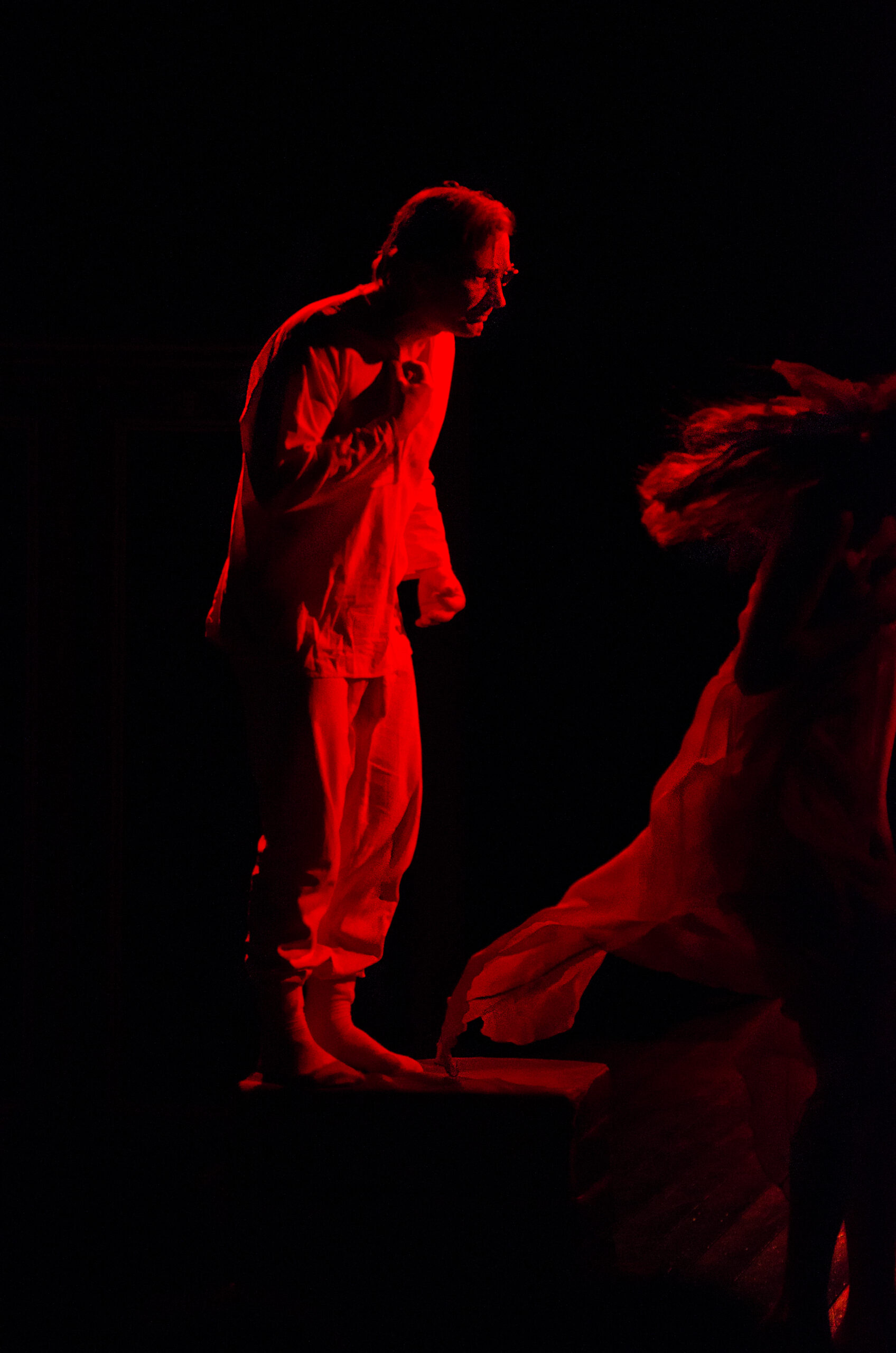Unleash Your Natural Impulse

Summary
Let learners unlock creativity based on pre-verbal impulse through an experience of body improvisation in 20 minutes, repeat the practice of this toolkit, and continuously reflect in subsequent self-albums to witness the value of confidence in deepening body expression skills.
Unleash the Natural Impulse Toolkit
“Creativity is not far away, not in the mind of a genius, but in everyone’s body, waiting to be awakened by the impulse.”
Are you feeling drained of creativity and struggling to come up with good ideas? Do you think creativity is the privilege of genius and has nothing to do with you? Or do you have good ideas in your mind but are unable to express them accurately? Keep reading and this toolkit will provide you with a 20-minute exercise to help you reconnect the original wisdom of your body, let creativity flow naturally and let confidence flow freely.
Project Overview
This open educational resource toolkit aims to guide learners in 20 minutes to explore and unleash their inner creativity by activating latent language impulses – physical responses that arise spontaneously before conscious thinking. By randomly combining three types of prompts – location, character, event – into a performance scene, the learner will undertake a purely improvisational physical performance. This creative journey combines classic performance training with the ideas of modern drama education methods, cognitive neuroscience, and open educational resources, hoping that every ordinary person can experience that creativity is not out of reach; it stems from our innate physical instincts.
Learners need to know
Please confirm and agree to the following statements before use:
- I understand that there is no “right or wrong” or “good or bad” performance in the practice, and the sole aim is to respond sincerely to the impulses of the body.
Materials Needed
- Three lottery boxes (or envelopes or hats), marked respectively as: location, character, event.
- Notes and pens for writing hints.
- A safe space where you can move freely.
- A mobile phone or camera for documenting the process to form your creative growth photo album.
Assistive feature support: If you have limitations in terms of activity, you can adjust the practice to focus on gestures, facial expressions, voice, or sitting improvisation. We encourage any form of expression.
Let’s get started!
Step 1: Draw inspiration from random combinations
Randomly draw a piece of paper from each lottery box. Put them together to form a performance scene. Don’t judge whether the scene is “reasonable” or “meaningful”, absurdity often acts as a catalyst for creativity.
Example:
Location: Subway
Character: Cat
Event: Drawing
Your scene: A cat drawing in the subway.
Step 2: Warming up the body and refocusing attention
Take 2 minutes to get your body and mind ready before you start performing.
Instructions:
1 Close your eyes and take a few deep breaths.
2 Gently shake your limbs and torso to release tension as if shaking off dust.
3 Focus your attention completely on the physical sensations of your body.
Step 3: Let impulses lead the performance
This is the core 10 minutes. Don’t plan actions or plots in advance. Let the scene cues you see (such as “The cat is drawing in the subway”) act directly on you and let your body’s instinctive reactions dominate the performance.
Key tip
- Body first: Just make an action, any action will do, without thinking “why”.
- Encourage exaggeration: Magnify your movements and expressions, which helps break through self-judgment.
- Use your whole body: Add impromptu voices and facial expressions in addition to your movements.
Step 4: Recording and Reflecting (optional but recommended)
If conditions permit, record your performance with your mobile phone. Once done, take 2 minutes to reflect on the following questions or record them in your “Creative Photo album” :
- In the performance, which moment did I feel most natural and engaged?
- What unexpected movements does my body make before thinking?
- What does this experience of “the body preceding the brain” bring to me?
Step 5: Repeat or share with others
Creativity needs to be exercised like a muscle.
- Repeat practice: Try the same scenarios and see what’s different; Or draw new combinations of scenes.
- Group collaboration: Practice with friends, each drawing a character and building an impromptu short play together.
- Share Feedback: We encourage you to provide your anonymous episodes or learning reflections to the toolkit creators to work together to refine this resource.
Extended Reading
Here are some supplementary reading materials to help you gain a deeper understanding of the theories, methods, and related topics behind this toolkit.
Benedetti, J. (1998). Stanislavski and the Actor: The Final Acting Lessons. Methuen.
Grotowski, J. (1968). Towards a Poor Theatre. Odin Teatrets Forlag.
Bartenieff, I., & Lewis, D. (2002). Body Movement: Coping with the Environment. Routledge.
Libet, B., Gleason, C. A., Wright, E. W., & Pearl, D. K. (1983). Time of conscious intention to act in relation to onset of cerebral activity (readinesspotential). Brain, 106 (3), 623-642. https://doi.org/10.1093/brain/106.3.623
Burgoyne, S. (Ed.). (2018). Creativity in Theatre: Theory and Action in Theatre/Drama Education.
https://link.springer.com/book/10.1007/978-3-319-78928-6?utm
Wei et al. (2025). “The Effect of Drama Education on Enhancing Critical Thinking Through Collaboration and Communication.” Education Sciences, 15(5), 565.
https://www.mdpi.com/2227-7102/15/5/565?utm
“Fostering Creative Thinking Skills Through the Unconscious: A Novel Approach.” (2025). Journal of Cognitive Enhancement.
https://link.springer.com/article/10.1007/s41465-025-00334-4?utm
Open up educational resource platforms
- OER Commons: A public digital library curating and hosting global open educational resources. https://www.oercommons.org/
-
OpenLearn: offers interdisciplinary free online courses and learning materials. https://www.open.edu/openlearn/
Unleash Your Natural Impulse © 2025 by Hazel Ren is licensed under CC BY 4.0
(
"“Cherry Orchard” Perfomance" by Pavel K is licensed under CC BY 2.0 .


